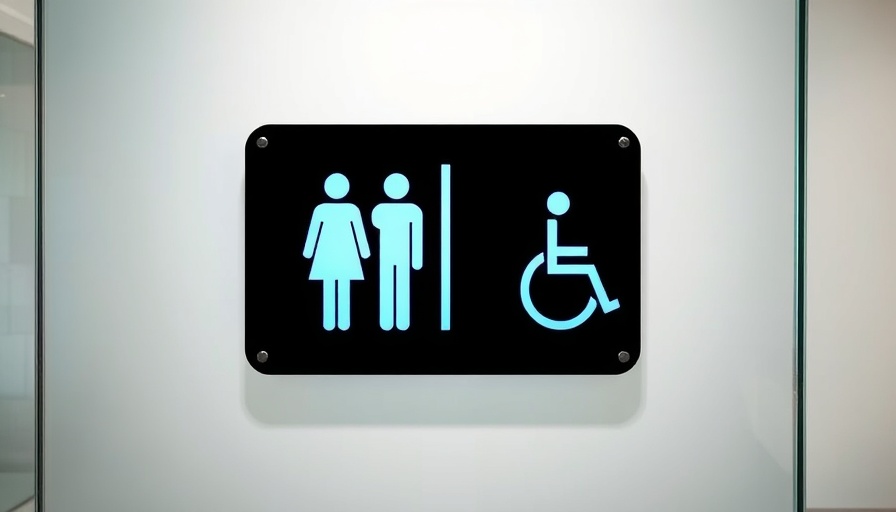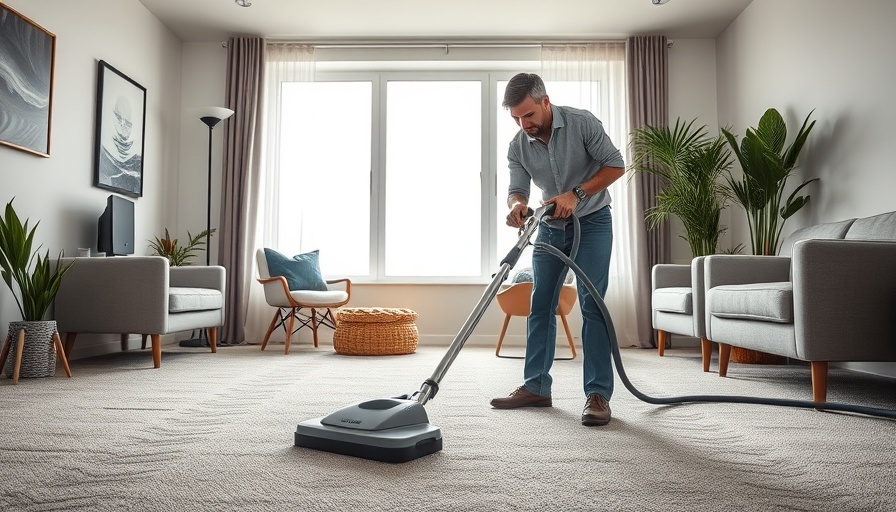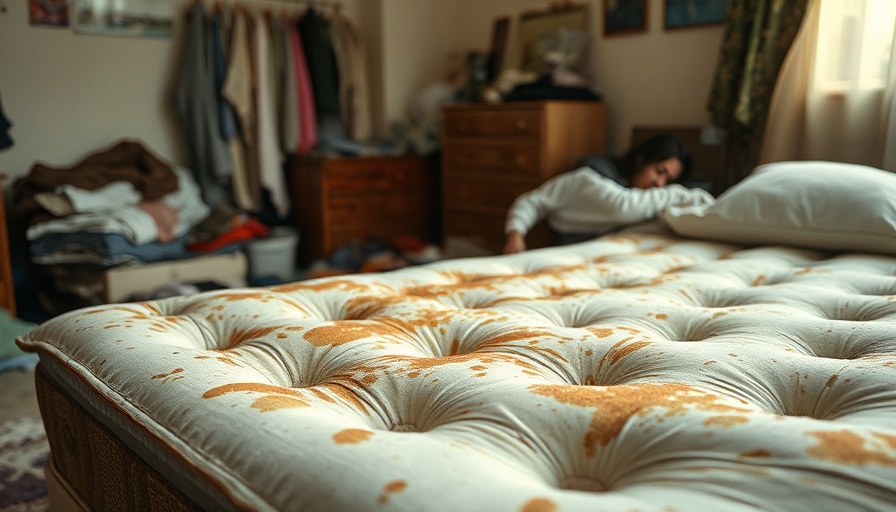
Restroom Cleanliness: A Growing Concern
A recent study by Tork, an Essity brand, emphasizes a growing concern regarding the cleanliness of public restrooms across the globe. It surveyed over 11,500 individuals in 11 different countries, focusing on their expectations and experiences regarding restroom hygiene. The results are striking: while 74% of users expect moderate to high hygiene, only 20% feel that public restrooms are meeting these standards. This disconnect could mean serious implications for businesses around the world.
Understanding the Emotional Impact of Hygiene
What happens when restroom cleanliness does not meet expectations? The survey revealed that feelings of disgust, discomfort, and frustration arise frequently among users. Specifically, 27% of respondents reported feelings of disgust following a subpar restroom experience. Such powerful emotions can directly influence consumer behaviors; 52% of respondents admitted they took actions like spending less time at a venue or limiting food and drink consumption to avoid restroom use. This demonstrates the imperative for businesses to prioritize cleanliness to enhance customer satisfaction.
Changing Demographics and Increased Expectations
Interestingly, younger generations are demanding higher standards. Among those aged 18 to 34, 21% stated they would not return to a venue if the restroom cleanliness was lacking. This is a stark contrast to only 8% of those aged 66 and older. This shift calls for businesses to reassess their cleanliness protocols, taking into account the varied expectations across different age groups.
Identifying Hygiene Barriers in Public Facilities
The study doesn't merely scratch the surface of cleanliness concerns; it also uncovers deeper hygiene barriers in public restrooms. Although many facilities have made strides toward accessibility, there are still many unrecognized needs among users. Factors like gender, disability, and cultural background can significantly influence perceptions of restroom cleanliness and accessibility. Understanding these diverse experiences is crucial for improving hygiene standards and accommodating all users.
The Consequences for Businesses
The repercussions of neglecting restroom cleanliness can be detrimental for businesses, both financially and reputationally. 11% of respondents reported having discouraged friends from visiting a poorly maintained venue, while 7% issued negative online reviews. For businesses relying heavily on foot traffic, maintaining hygienic restrooms is not only beneficial but essential for attracting customers and retaining good reviews.
Practical Steps for Improvement
To bridge the gap between user expectations and reality, businesses must take actionable steps. Regular maintenance schedules, the use of high-quality products and supplies, and training cleaning staff in hygiene best practices can profoundly improve restroom experiences. Moreover, engaging with customers to share honest feedback may help identify specific needs and areas for improvement.
Ultimately, this study underscores the importance of prioritizing restroom hygiene and recognizing the broader social implications it holds. Users deserve a clean, comfortable environment, and businesses need to adapt to meet these demands.
As we move forward, it’s essential to continue the conversation about hygiene in public restrooms. Let's not forget the emotional and social impact these spaces have on our community’s well-being. Having clean and accessible public restrooms is not just a matter of cleanliness; it's about respecting the dignity of every individual frequenting those spaces.
 Add Row
Add Row  Add
Add 




Write A Comment